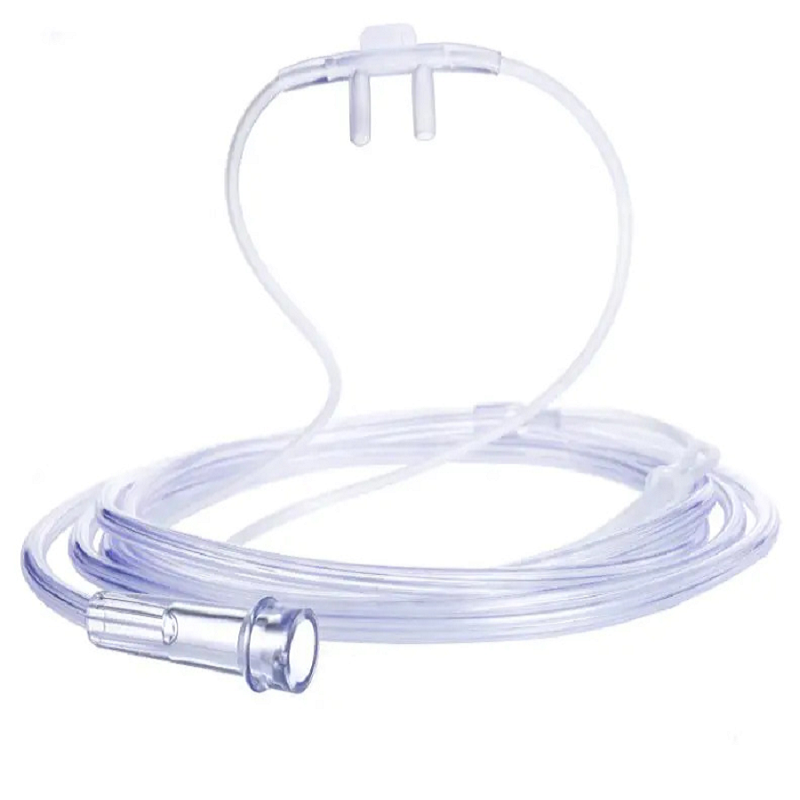Nasal Cannulas For Oxygen Therapy
When undergoing oxygen therapy, patients often require a Nasal Cannula to deliver the required amount of oxygen. This device is available in various types, including disposable ones and those that can be used at home. Other options include face masks and venturi masks, which deliver supplemental oxygen through the nose. Nasal cannulas are the most common method used for this purpose, and they are much less intrusive than other options. Users can speak and eat normally while wearing the device.
The pros and cons of using a disposable Nasal Cannula: There are many pros and cons to using this device, but its most obvious advantage is its ease of use. The pros of a Nasal Cannula include its lightweight design, ease of use, and sanitary performance. The downside of using it for oxygen therapy is the risk of infection. On the plus side, you can rest assured that your patient will not be exposed to bacteria, which can lead to a life-threatening condition.
The cons of a Disposable Nasal Cannula include the fact that you need to replace it every 30 to 90 days. If you clean the disposable cannula well, however, you can extend its life even further. It is recommended that people using oxygen therapy change their cannulas daily, as the use of an old one may cause bacteria to grow. To deep clean your nasal cannula, you can use a solution of white vinegar and dish soap. Both these products are good bacteria killers, but they won't harm the tubing material.
Another type of Disposable Nasal Cannula is an oxygen cannula. It connects to an oxygen therapy system. It is designed for adults with respiratory difficulties. It features a flexible tube placed under the nose. The cannula has two prongs that are inside the nostril and provides relief from the symptoms of various respiratory disorders. The resulting oxygen is delivered to the patient through the lungs with increased comfort.
To apply oxygen therapy to a patient, you must have the patient's consent. After confirming that he or she is a suitable candidate, the respiratory therapist should apply the nasal cannula to the patient's face. The head strap should be adjusted for a comfortable fit, and the tips of the device should point downward. The oxygen tubing should also have sufficient slack. Your respiratory therapist will review the settings and the alarms of the high-flow oxygen delivery device with the patient to ensure proper placement.
To avoid a dangerous situation, it is important to keep the infant's Nasal Cannula clean and disinfected daily. It should also be replaced every seven days, or whenever it is damaged. Infants should not smoke cigars, pipes, or electronic cigarettes. You should also keep the infant's Nasal Cannula out of reach of flammable products such as candles. Also, make sure to store the Cannula in a safe location, six feet away from flames.
 Disposable Medical PVC Nasal Oxygen Cannula
Disposable Medical PVC Nasal Oxygen Cannula
- Available with different length to suit all patients’ requirement
- Available with various types of adult, pediatric, infant and neonate
- Available with a wide selection of prong types
- The soft curved prong can offer the best possible comfort to patient
- And the flared type can slow down the flow of oxygen
- Available with CE, ISO, FDA certificates.


 英语
英语 中文简体
中文简体